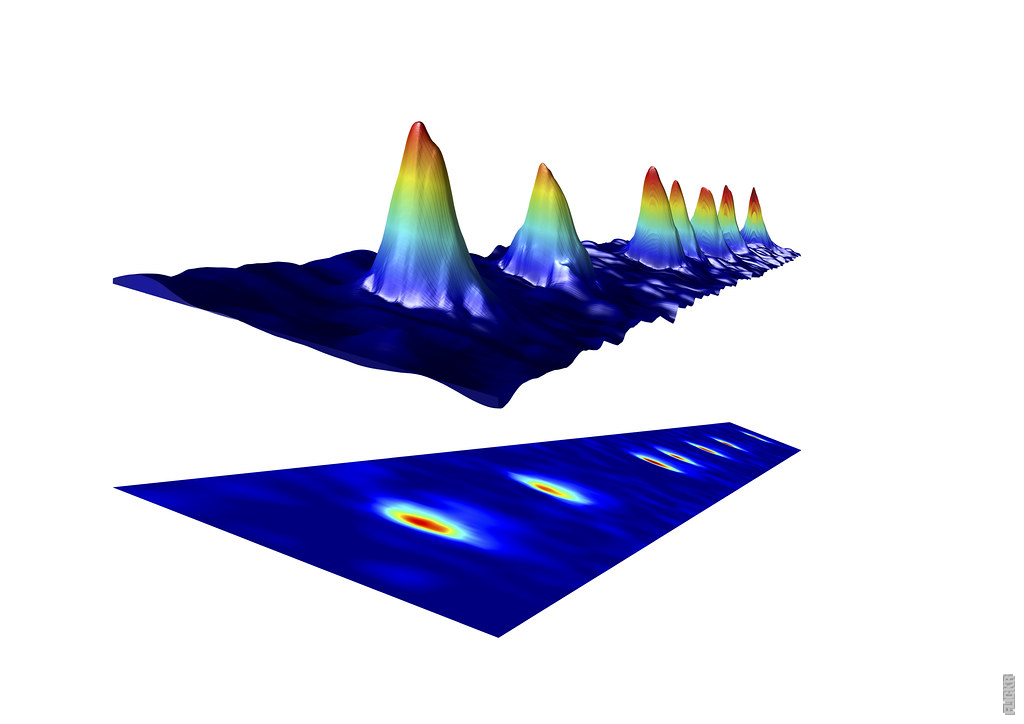The Role of Calcium in Muscle Contraction
Have you ever wondered why calcium is essential for muscle contraction? Let’s dive into the fascinating world of muscle physiology to uncover the secrets behind this vital process.
1. The Beginnings of Contraction
When a muscle receives a signal from the nervous system, a series of events is triggered, leading to contraction. One of the primary players in this process is calcium, which acts as a key regulator.
2. Calcium Unlocks the Power
Within each muscle cell, there are specialized structures called sarcoplasmic reticulum. These structures store calcium ions, keeping the levels low in a relaxed muscle. However, when the signal for contraction is received, calcium channels open, allowing calcium to flood into the muscle cell.
3. The Troponin-Tropomyosin Complex
As calcium enters the muscle cell, it binds to a protein complex called troponin, which is attached to another protein called tropomyosin. This binding causes a conformational change in the troponin-tropomyosin complex, exposing binding sites on the actin filaments.
4. The Actin-Myosin Interaction
Actin and myosin are two proteins that play a crucial role in muscle contraction. When the binding sites on actin are exposed, myosin heads attach to them, forming cross-bridges. These cross-bridges undergo a series of conformational changes, generating the force required for muscle contraction.
Post
Post
5. The Power of Calcium Regulation
Calcium’s role in muscle contraction goes beyond its ability to initiate the process. It also regulates the force and duration of muscle contractions. The concentration of calcium in the muscle cell directly influences the strength of the contraction, allowing for precise control.
6. Relaxation and Calcium Removal
Once the signal for contraction ends, the calcium channels close, and the sarcoplasmic reticulum begins actively pumping calcium back into its stores. This removal of calcium from the muscle cell allows the troponin-tropomyosin complex to return to its original conformation, blocking the binding sites on actin and causing the muscle to relax.
7. Calcium and Muscle Diseases
Disruptions in calcium regulation can lead to various muscle diseases. For example, muscular dystrophy is characterized by the progressive degeneration and weakness of muscle cells, often due to genetic mutations affecting calcium channels.
As we unravel the intricate mechanisms of muscle contraction, the role of calcium becomes increasingly clear. From unlocking the power of muscle cells to regulating the strength and duration of contractions, calcium is an indispensable player in this awe-inspiring process.



